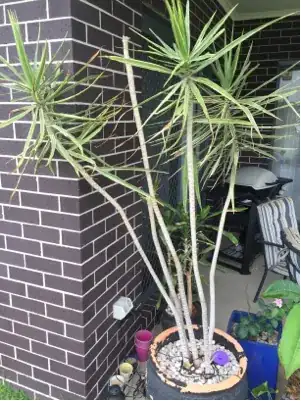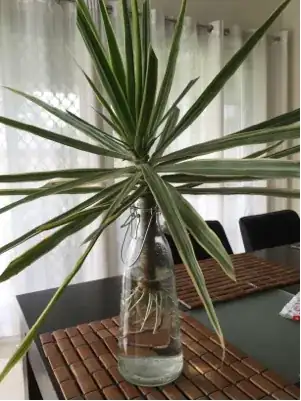Don't worry, its not difficult, when I do what you've done, I just use good multi purpose potting compost. The trick is actually how you do it rather than what you use, although I don't know which potting composts are available where you are. Just buy something that's good quality (John Innes No. 2 will be fine, for instance) or a dedicated houseplant compost. If you've got multi purpose compost available and its a bit lumpy, sieving it before using is a good idea to get out any lumpy parts. Select a pot that's big enough to accommodate the root material without its being crushed or squashed into the container, put a layer of compost in the bottom, hold the plant over the pot with the roots dangling inside it, positioned so that the stem is more or less in the right spot and won't be buried, and add compost around the roots, gently tapping it down, until they're all buried and only the base of the stem is visible. Lightly firm down and water thoroughly - it's sometimes easier to immerse the pot to make sure all the compost is damp enough, but otherwise, stand in an outer container and let it sit inside that and soak it well for half an hour or so. Allow it to drain thoroughly and then place wherever you want it to be.
Extra note: the parent plant could do with cutting back quite hard to get rid of that leggy look its currently got - you can cut all the stems back to different heights, but each will then bear at least two sprouts of new growth rather than one.

